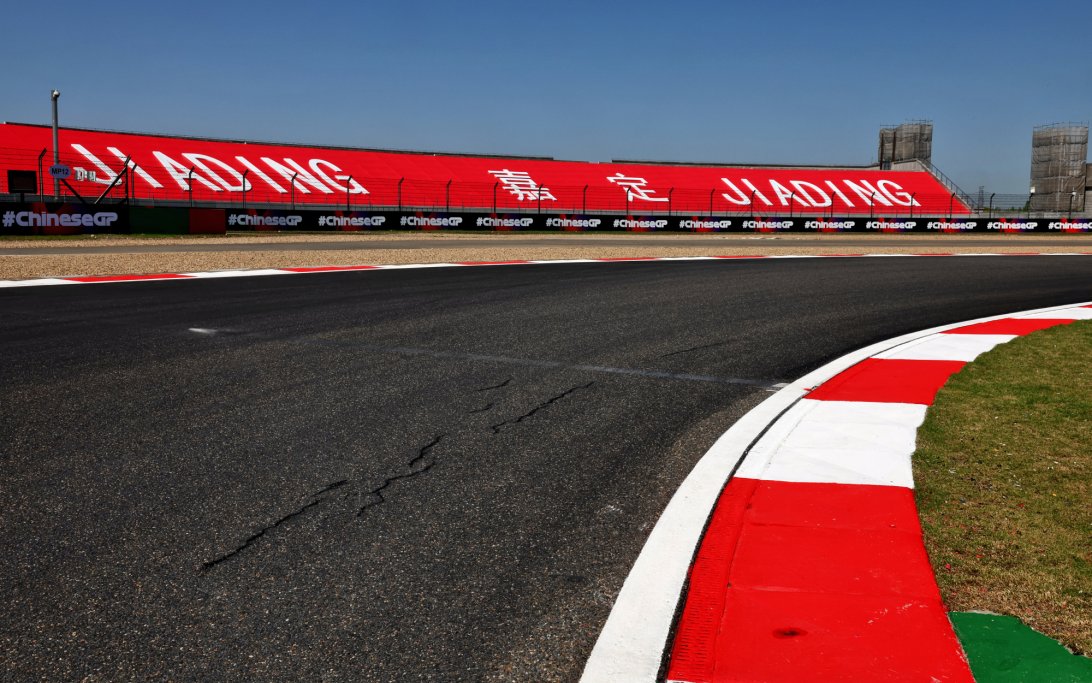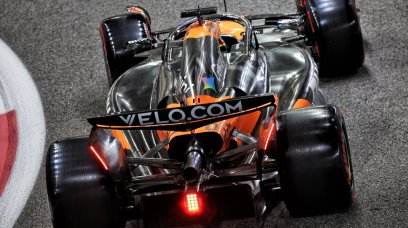During media day on Thursday at the Chinese Grand Prix, a leading topic amongst the drivers was the questionable track surface of the Shanghai International Circuit, which has seen minimal use in recent years.
In actual fact, the track has seen next to no use since the last F1 race in China back in 2019, with the race having faced a series of cancellations as a result of the Coronavirus pandemic.
Consequently, the Chinese GP organisers have had to work hard to get the track ready for the return of F1. Upon arrival in Shanghai, several things immediately stood out to the teams and drivers.
Both McLaren drivers were surprised at the "paint" that could be seen on the track. Lando Norris indicated he had never seen this before and Oscar Piastri compared it to a "track for remote control cars."
RacingNews365 has asked several people involved for an explanation on what has been done to the track surface. As a result, we can now report on what has changed about the track and how these alterations may affect the course of the weekend.
Usual solution
The organisers pulled a kind of protective layer over the asphalt a few years ago, which experts believe has made minimal difference. This protective layer, when the bumps were removed, was also removed.
This made it look like there were two different types of asphalt on the track, after which the decision was made to pull a new protective layer of bitumen over the track. Bitumen is a mixture of various hydrocarbons found in crude oil and is often used as a roofing material in the UK.
Covering the track with such substances is something that happens more often in China and also in the United States. For Europeans, it is a rather unusual phenomenon.
It is expected that once the cars are released onto the circuit on Friday for first practice, this layer will gradually wear away and the grip will gradually increase.
If it starts raining, however, it is possible that the protective layer will turn the circuit into an ice risk, raising fears of a repeat of the 2020 Turkish Grand Prix.
Don't miss out on any of the Formula 1 action thanks to this handy 2026 F1 calendar that can be easily loaded into your smartphone or PC.
Download the calenderMost read
In this article








Join the conversation!